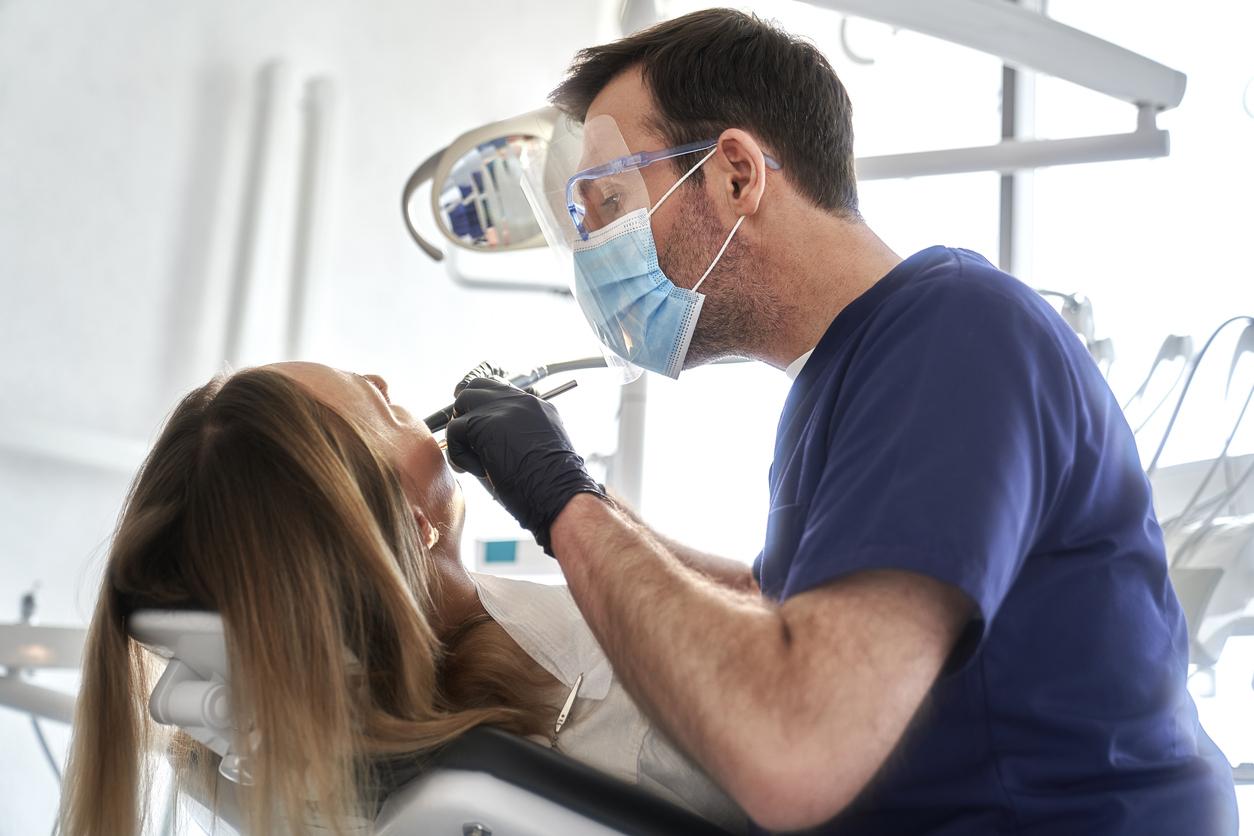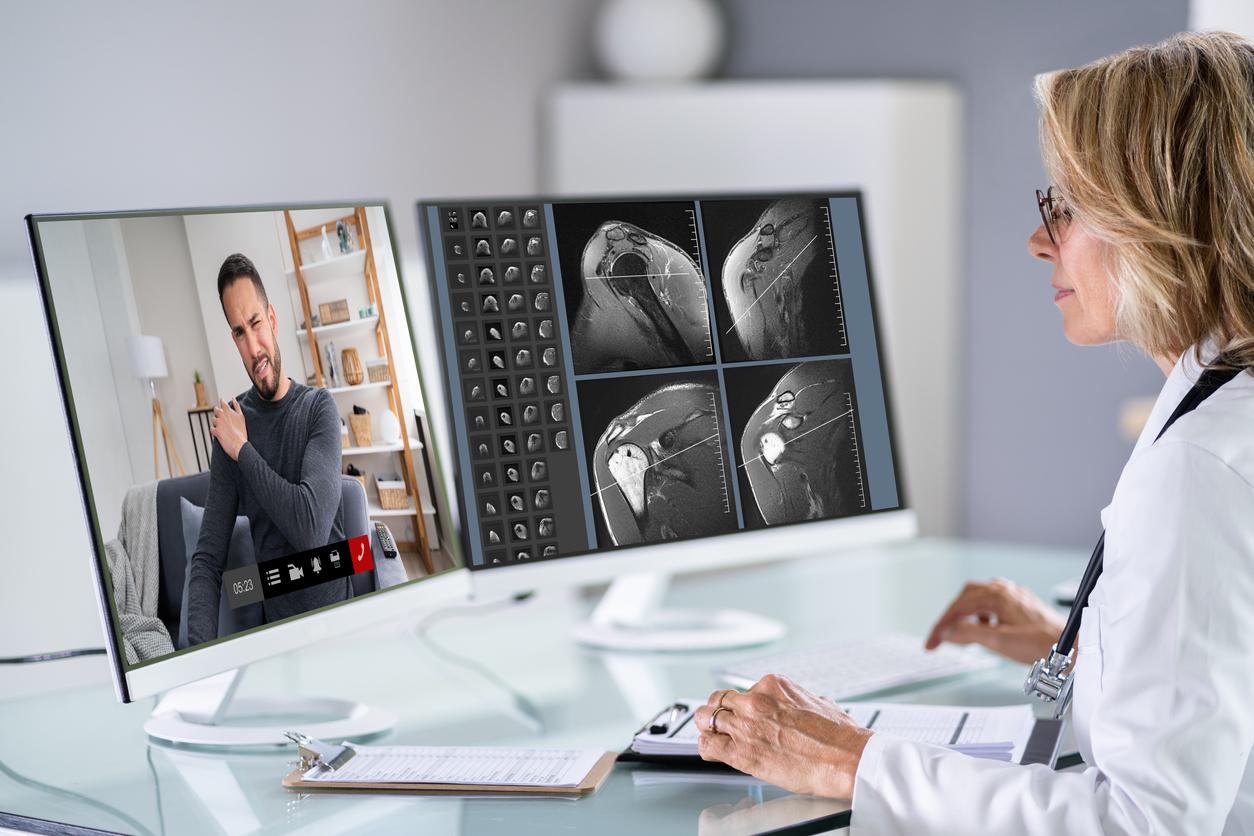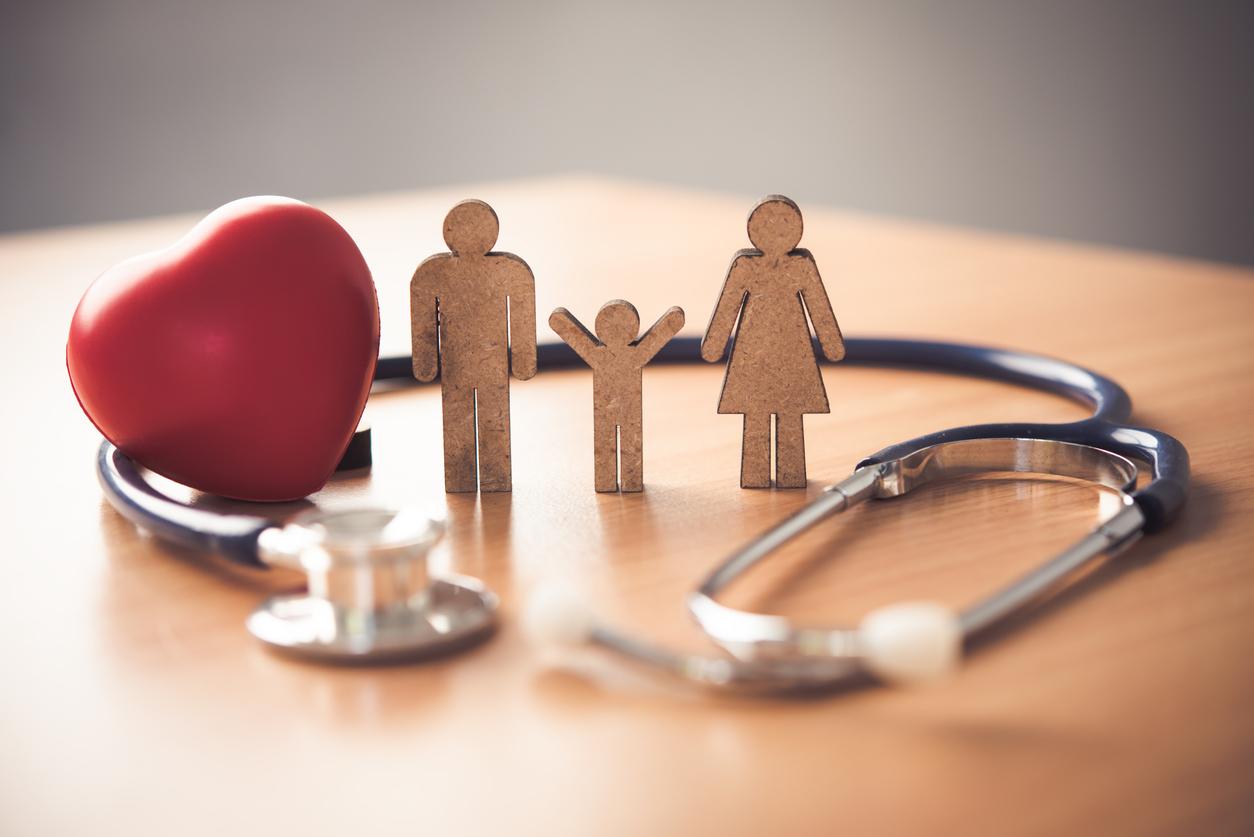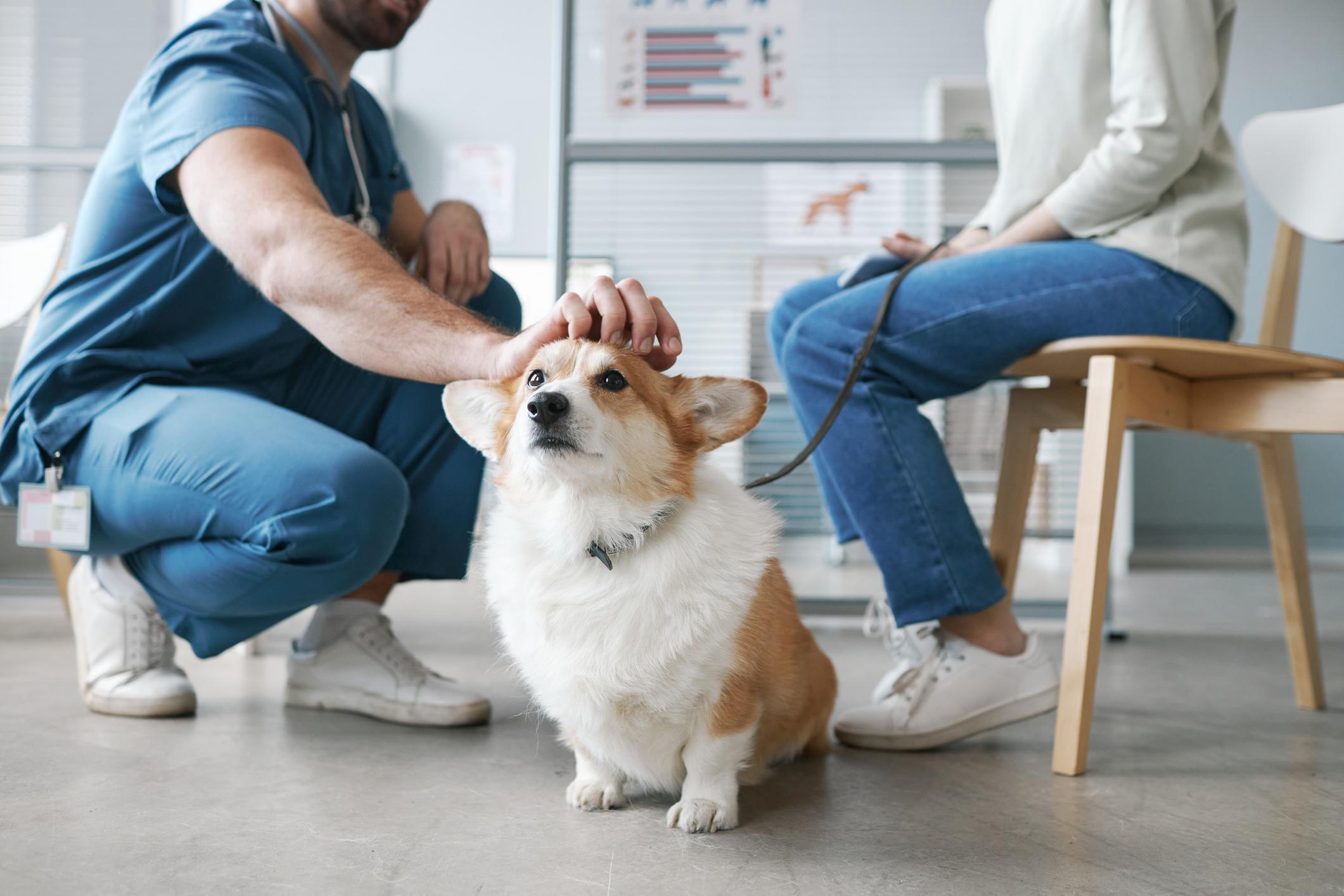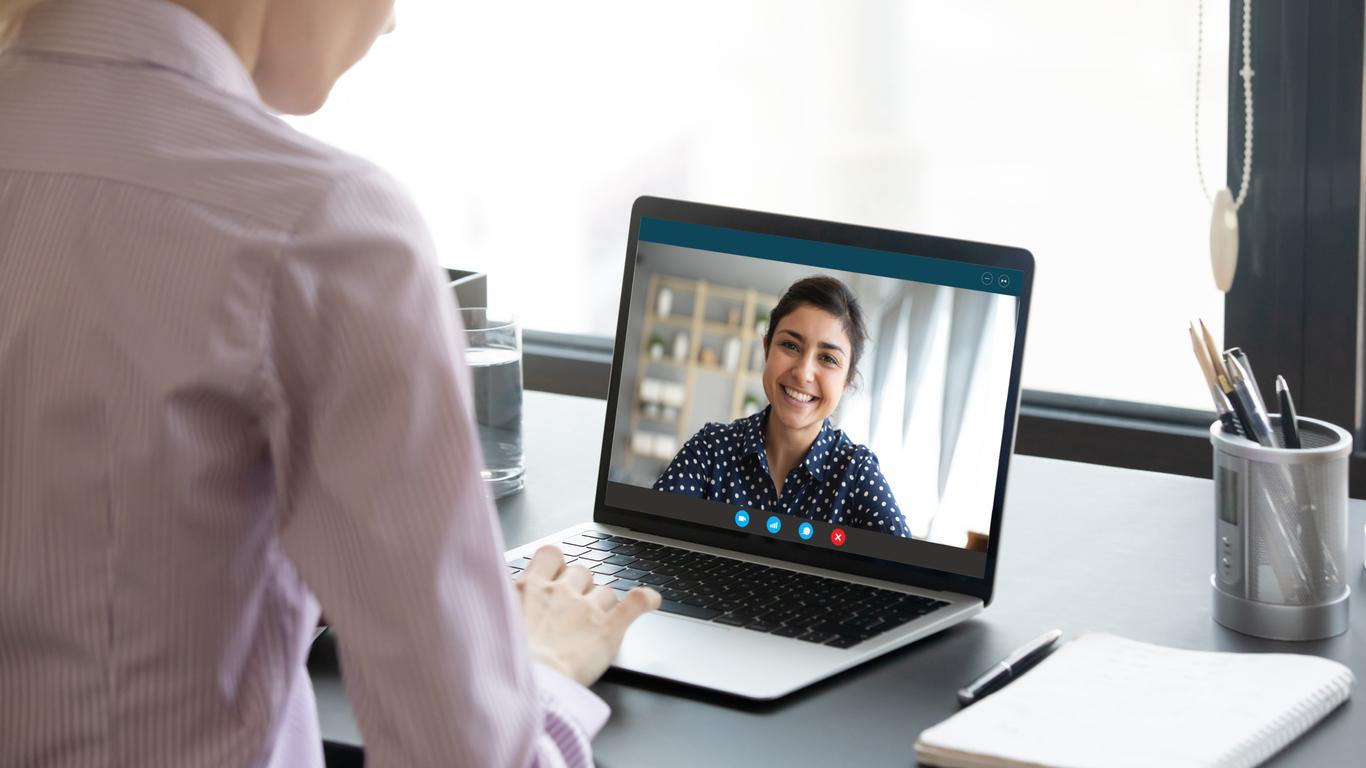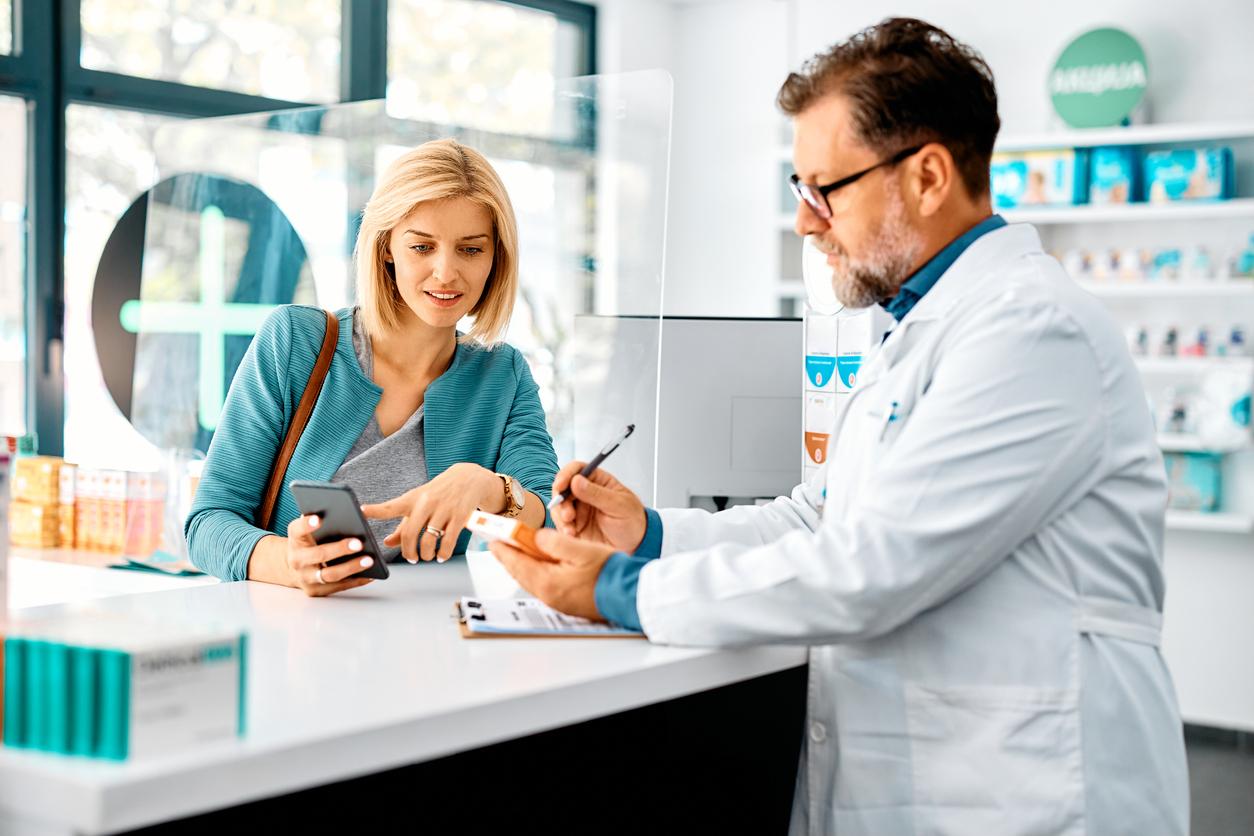Teleconsultations, which experienced spectacular growth during the health crisis, no longer constitute a minor part of medical activity while telemedicine is presented as the quickest solution to difficulties in accessing care. Should we develop the use of this remote medicine and how? The answers from Dr Maud Saporta, medical director of a structure which offers teleconsultation booths.

– Why Doctor: After the “boom” in teleconsultation during the health crisis, it now represents only 2 to 3% of consultations covered by Health Insurance. What could facilitate the development of this practice which has been put forward as a solution to medical deserts?
Dr Maud Saporta: We must already advance the image of telemedicine both among patients and doctors. Today, from a regulatory point of view, teleconsultation simply implies that the doctor sees his patient via a video device but that says nothing about the provision of other devices. And on the medical side there is still the idea of an additional solution as it was perceived during the health crisis, a response to a degraded situation where we did what we could with the means at hand.
“Teleconsultation can be of the same quality as a face-to-face consultation”
But teleconsultation can be something else, it allows you to have a completely relevant clinical examination and to be able to make equally relevant diagnoses in an increasingly large number of situations. This is something that must be conveyed to doctors and also patients, to show that teleconsultation can be of the same quality as a face-to-face consultation.
– What actions could improve the image of teleconsultation among doctors?
Doing a remote consultation does not require the same know-how as a face-to-face consultation; you have to go through the patient to assess the clinical signs and this can be learned. We must revisit semiology, knowing how to do it by questioning the patient and telling him what we want to highlight.
– And regarding the patients themselves, how can we ensure their ability to clearly present their health problem during a teleconsultation?
This obviously involves a question of time. Almost all patients are capable of doing the exercise, some for obvious reasons cannot but they can benefit from support for example from a nurse, this is what we call assisted teleconsultation. But what matters most is the time the doctor takes to explain to his patient what he expects of him. We must not enter into a system where the doctor would be encouraged to carry out express consultations! We must give it sufficient slots so that a real examination is possible.
– Should we therefore train doctors more in the particularities of teleconsultation?
All the doctors who consult with us go through training which today is organized in the form of a few modules that we do remotely before practical training with an experienced doctor during which they do simulation, it is that is, they test their technique on simulated patients, which allows them to become familiar with these practices. It is very important that this initial training is done before the doctor faces his patients. It is not a question of reteaching them medicine but of teaching them to use the tools they have today to carry out a quality teleconsultation.
– Does teleconsultation allow care for all patients regardless of the health problem they suffer from?
No, it’s obvious. Thanks to everything we put in place, the training and tools which are now integrated into the cabins and which are more or less the same as those available to the doctor when he is in his office – the possibility of weighing his patient, to take their blood pressure, their pulse, their oxygen saturation, everything that is essential for a clinical examination – we hope to push back the spectrum of what is diagnosable and treatable in teleconsultation. It goes without saying that we cannot take charge of everything.
“Our proposal is not to take business from local doctors”
But it’s the same thing in the office: there are cases where the patient must be referred to the emergency room. In the same way, doctors who practice teleconsultation know very well that in certain cases they will have to explain to their patient that a clinical examination is necessary and that they will have to see a doctor in person. In any case, all doctors have their own ethics and professional conduct and if they do not feel sufficiently certain of their diagnosis, they will of course redirect their patient.
– Installations of devices such as teleconsultation booths are often carried out at the request of local authorities to compensate for the lack of doctors. How do structures like yours fit into the local healthcare offering?
When we move to a new territory, our approach is to approach the health authorities and especially the organizations coordinating health professionals to be able to be part of a network of care provision. Our proposal is not to come as a replacement and claim to take business from local doctors, there are more patients than we can cover today! So the idea is really to let local doctors do their work and if there is an additional need, for example when there are a lot of patients who no longer have a treating doctor, or if one This is overwhelmed, we will be able to compensate in the area of unscheduled care.
For any installation, we go through cooperation organizations, CPTS or access to care services when available to meet the department’s doctors. We invite them to come work with us depending on their availability and we have them follow the training. But the requests of their patients in the territory remain priority.
– Telemedicine is presented as a solution for regions experiencing what are called medical deserts. But will teleconsultation remain a simple additional force or does it foreshadow the medicine of tomorrow with, why not, the possibility of carrying out examinations which today are the responsibility of biology laboratories?
We don’t do biology, so we don’t compete with the laboratories, but I hope we can do it tomorrow. Today, there are very reliable devices that allow a biological test to be carried out locally and the results to be obtained quickly, such as blood sugar monitoring for diabetics. These devices still require remote validation by a biologist but the extension of their use would make it possible to simplify the care process, to avoid delays between the prescription of an examination, the appointment at the laboratory, the wait for results, rescheduling an appointment with the doctor… all this takes a lot of time! If the same examinations could be carried out immediately with a response within a few minutes, this would, for example, prevent certain patients from completing the process by not carrying out the prescribed examinations or by not returning see their doctor. So in terms of effectiveness of care, we would be moving towards a definite improvement for the health system and for patients.







